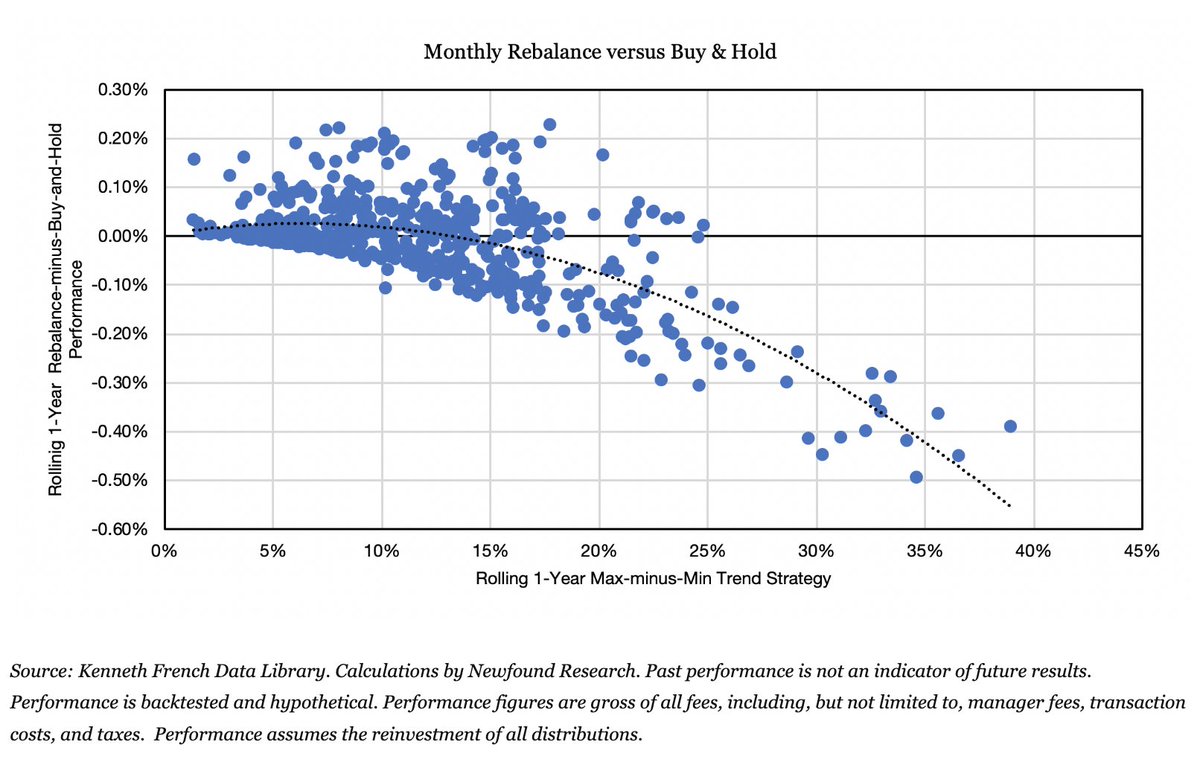1. What’s your revenue-weighted asset allocation?
2. What’s your idiosyncratic risk?
1. Net new assets from sales + marketing
2. Growth in existing advisor assets
3. Revenue-weighted portfolio returns
1. Advisors aren’t typically allocating new money.
2. Advisors typically aren’t getting new clients.
3. Markets are going 📉
Past market drops have recovered quickly. A sustained drop could lead to lots of firms – big and small – making some tough decisions.












